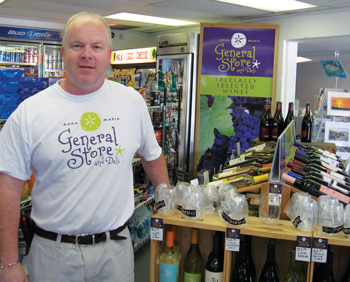In the first two parts of this series we reviewed William Bengen’s research into the safe withdrawal rate from a diversified portfolio of stocks and bonds, which turned out to be about 4.5 percent of the principal value – adjusted for inflation each year. In all but one case, someone retiring in 1969, the portfolio tested would have lasted at least 30 years. Meaning that for the vast majority of people retiring in their 60s they would not run out of money during their lifetime.
We also reviewed the fact that the 1969 retiree, whose plan would have lasted about 28 years, was limited by variables such as the high inflation rate of the 1970s and 1980s, as well as a poorly performing stock market for the first 13 years of the retirement period.
Our goal for this last article in the series is to review methods which may increase the longevity of a retirement income plan using the inflation adjusted 4.5 percent withdrawal rate. The first thing to realize is that Bengen used a very simple portfolio composed of 50 percent U.S. Equities and 50 percent High Quality U.S. bonds to perform his study. Data for other asset classes was largely unavailable for time periods pre-dating the 1970s, and to examine over 80 years of data required limiting the study to these two main asset groups.
Obviously today, additional asset classes are available and easy to invest in through the use of mutual funds or exchange traded funds (ETFs) that target additional asset types like international equities, commodities real estate, etc. Use of additional asset classes applied in a disciplined asset allocation with periodic rebalancing to keep the portfolio on target has been shown to reduce volatility and enhance return by one half to one full percentage point over periods of several years or more.
So, one of the first steps to take to attempt to enhance the longevity of your retirement portfolio is to consider diversifying into additional asset classes beyond stocks and bonds. Many books are available to learn more about this concept, but one of the easiest to read and start to employ is the 7Twelve Portfolio by Dr. Craig Israelsen, a professor at Brigham Young University. This curious title refers to Professor Israelsen’s belief that seven asset classes provides the optimum diversification across asset types and that 12 funds are necessary to maximize the benefits of these asset classes.
The 7Twelve Portfolio concept is designed to be a “passive” strategy, meaning that you don’t attempt to buy and sell asset classes to avoid risk, other than the periodic rebalancing trades to keep the portfolio in line with the targeted asset allocation. Bengen, who was the first to study the “safe withdrawal rate” concept, recently updated his study and in his comments wrote that although perfection in market timing is not possible, it may be worthwhile to attempt to avoid larger corrections in certain asset classes that are more volatile. I agree with this opinion and while perfection is not possible, there are formula based methods which can help reduce risk as market cycles occur, and these methods may also enhance returns over time, although no guarantees can be made.
The more volatile asset classes which may benefit from some level of risk control are domestic and international equities, real estate and commodities. These are the most volatile assets and avoiding even half of a major decline can be comforting as we can all relate to after the last several years of trying investment times.
Tom Breiter is president of Breiter Capital Management, Inc., an Anna Maria based investment advisor. He can be reached at 778-1900. Some of the investment concepts highlighted in this column may carry the risk of loss of principal, and investors should determine appropriateness for their personal situation before investing. Visit www.breitercapital.com.



